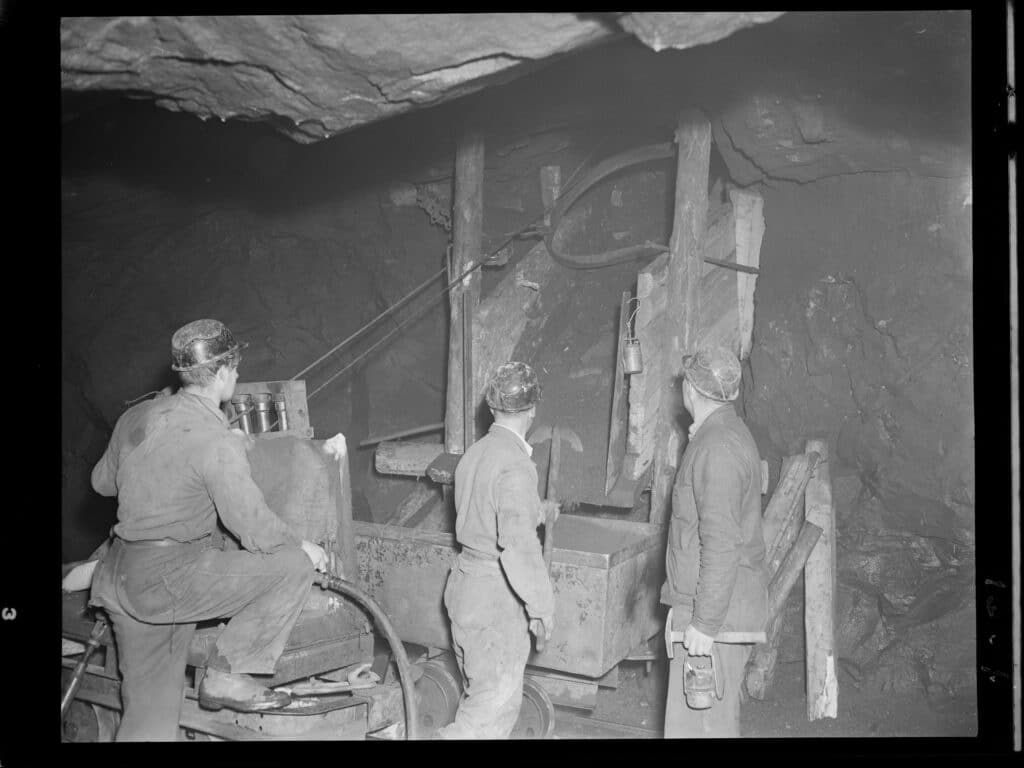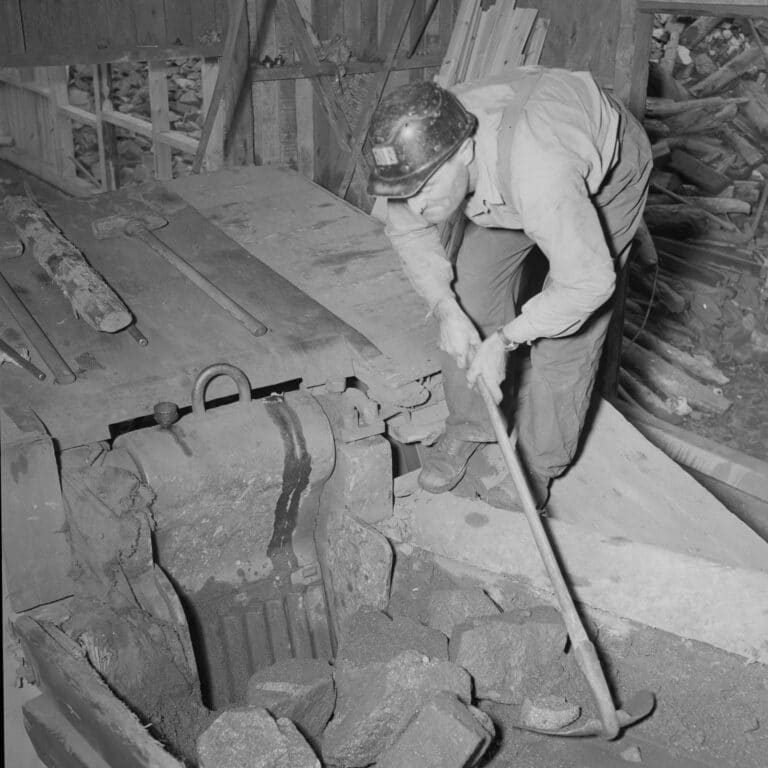Despite its remote location and harsh climate, Svalbard has been home to a diverse group of people who have brought their unique practices and customs to the archipelago. From trappers and hunters to Russian Pomor hunting and Norwegian mining communities, the rich history and vibrant blend of cultures have shaped the traditions of Svalbard's inhabitants.
Although Norwegian and Russian presence has been dominant in Svalbard over the years, the islands have seen an influx of various nationalities, each bringing their own customs and traditions. Today, the population is a vibrant mix of people from around the world, working in research, tourism, and mining industries.
One of the earliest groups of inhabitants in Svalbard were trappers and hunters. They hunted Arctic foxes, polar bears, and reindeer for their fur and meat, which were valuable commodities. These hunters lived in small, isolated cabins scattered across the islands, enduring long periods of darkness and extreme cold.

The Russian Pomors were seafarers and hunters who traveled to Svalbard from the Russian Arctic coast. They established temporary settlements on the islands and hunted marine mammals, particularly walruses, for their tusks, blubber, and meat. The Pomors also traded with other Arctic communities, exchanging goods and sharing knowledge about hunting techniques and Arctic survival.

Coal mining has been a significant part of Svalbard’s history since the early 20th century. The Norwegian mining communities developed their own customs and traditions, such as celebrating the return of the sun after months of polar night with a week-long festival called Solfestuka. The mining towns also had their own sports teams, choirs, and social clubs, fostering a strong sense of camaraderie among the workers.

